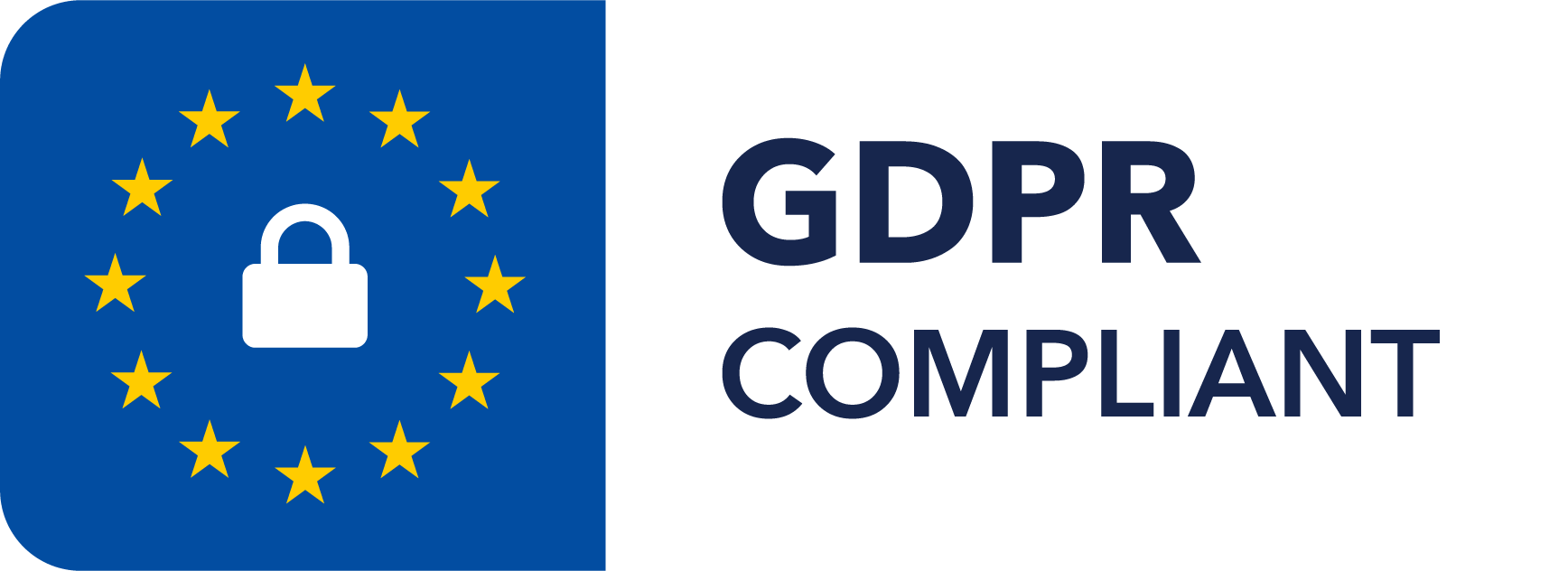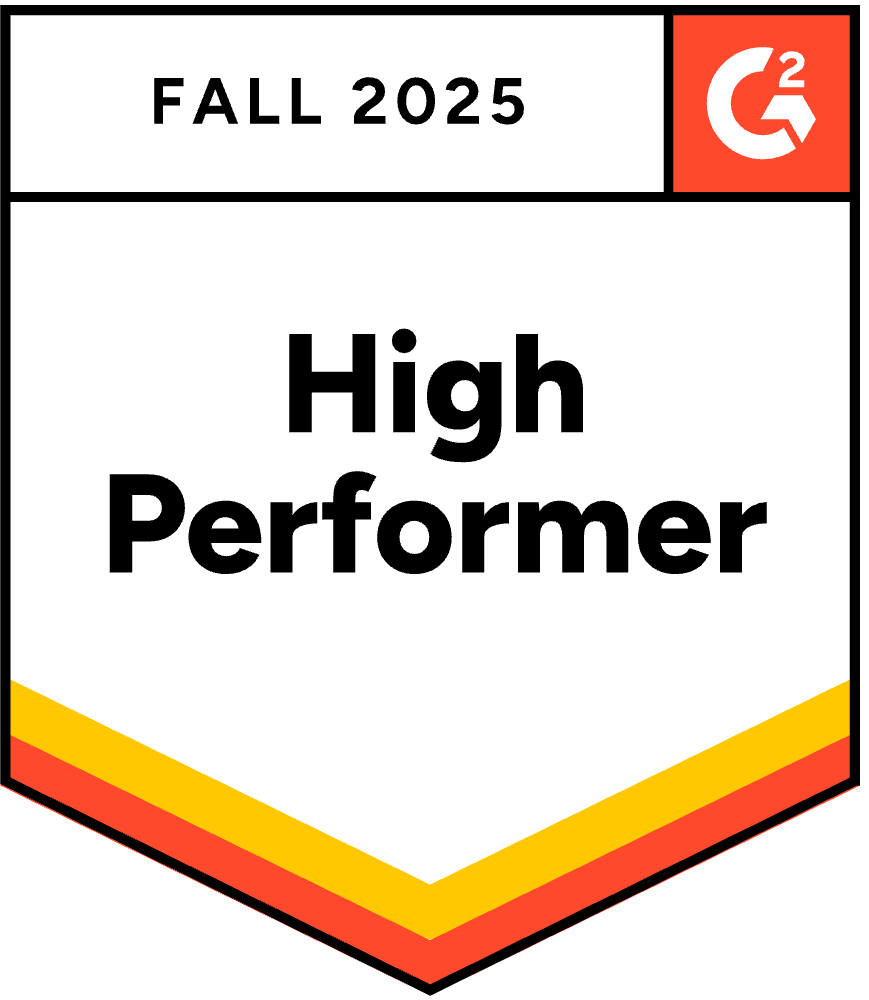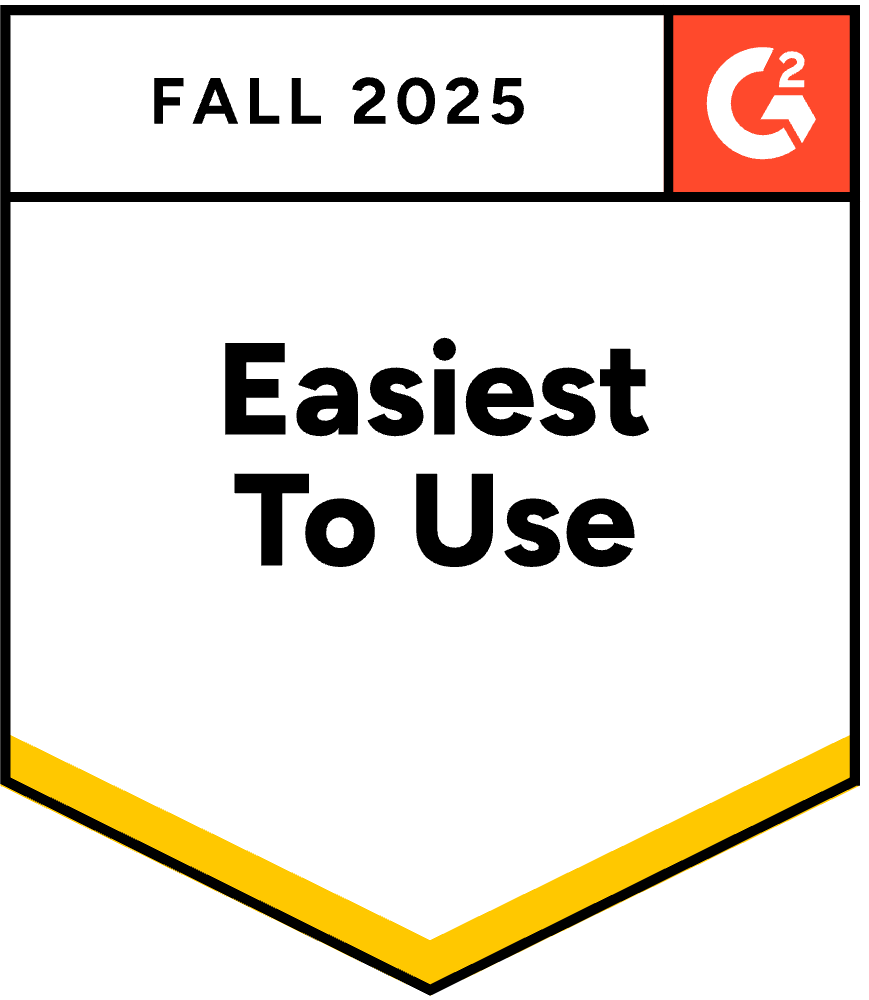Master Your RFP Go No Go Decision with AI
March 6, 2025
By
Evie Secilmis

Guest post written by Matthew Graybiel: Matt Graybiel is a seasoned pre-sales leader with deep expertise in technical sales, identity management, and security solutions. Over his career, he has built and led high-performing sales engineering teams, overseen countless RFP and proposal processes, and developed strategies to improve efficiency in complex sales cycles. Passionate about leveraging technology to streamline decision-making, Matt shares insights from real-world experience to help sales teams work smarter. The views expressed in this article are his own and do not reflect those of his employer.
No one likes the RFP process. Well, maybe the RFP team does, but that’s their thing. For sales reps and pre-sales teams, though, it’s long, tedious, and often a massive time suck. Many companies require sales and pre-sales teams to justify why they’re submitting an RFP, which makes sense—no one wants to waste time on a deal that’s going nowhere. But the reality is, the more engaged a sales rep is with the customer, the easier it is to justify. The problem? RFPs don’t always come with that level of context, and teams end up spending hours just trying to figure out if it’s worth the effort.
This leads to a common issue: sales reps feel pressured to submit every RFP, and the RFP team gets buried in requests that aren’t a great fit. The result? Wasted time, misaligned priorities, and a lot of frustration. A proposal manager once told me the worst thing she could hear from a sales rep was, "Of course it’s qualified, I found it on the internet." That pretty much sums up the problem.
But what if there were a way to speed up the review process and quickly decide if an RFP is a GO or NO GO? That’s where AI-driven tools like Iris come in.
AI Should Assist, Not Replace, the RFP Process
Let’s be clear: AI should not be used to write RFP responses from scratch. Experienced RFP writers know how to craft responses that reflect the company’s voice, align with customer expectations, and make the proposal feel tailored and authentic. AI might generate a first draft, but it can’t replace the finesse of a skilled professional.
Where AI can help is in evaluating whether an RFP is worth the effort. Reading through a hundred-plus-page document, piecing together key details, and then making a recommendation to leadership on whether to go after the deal or walk away is a huge time commitment. AI can take on that heavy lifting.
AI as an Assistant in the Review Process
For example, I recently took a 150-page RFI and ran it through Iris. A sales rep told me it would take her about 72 hours to go through the document, summarize the key details, and make a recommendation to sales leadership and the RFP team. Iris did it in 30 seconds.
That’s not just a small time-saver. That’s a game changer. Instead of spending three full workdays buried in a document, the sales rep and pre-sales team had what they needed instantly, so they could focus on strategy instead of just trying to get through the reading material.
Then, to test it further, I ran another RFP through Iris—one we had already committed to pursuing. The results were impressive. The AI-generated summary was nearly identical to the one put together by the account team. That kind of validation proves that AI can quickly find the right information, making the review process faster and more efficient.
How Iris Helps Shorten the RFP Review Process
Traditionally, reviewing an RFP means skimming through pages of legalese, trying to identify the important stuff like deadlines, compliance requirements, deal-breakers, competitive insights, and technical specs. Iris automates this process and lays it all out in a clear summary.
The sales rep or pre-sales person uploads the RFP, and Iris extracts the most relevant details. Instead of making a GO or NO GO recommendation itself, it gives the sales and pre-sales teams everything they need to make that decision quickly and confidently. This ensures that the RFP team and leadership only focus on deals that have a real shot at closing instead of wasting time on low-probability opportunities.
Making the GO vs. NO GO Decision
A GO decision happens when everything lines up: the opportunity fits our strengths, we have an existing relationship, or we’re in a strong competitive position. Maybe the deal has strategic value beyond just revenue, like giving us a foothold in a new market. If we have a high win probability, it makes sense to GO.
A NO GO decision is just as important. If the opportunity is a poor fit, the incumbent has a lock on the deal, or customer engagement is low, it’s probably not worth the effort. Tight deadlines, limited resources, or heavy customization requirements that would make the deal unprofitable are also solid reasons to walk away.
AI as an Assistant, Not an Expert
One of the biggest things I’ve learned about generative AI is that it’s best treated as an assistant, not an expert. AI can process massive amounts of data and summarize information way faster than a human ever could, but that doesn’t mean it’s always right. Fact-check, gut-check, and don’t blindly trust whatever the AI spits out.
Whether it’s reviewing an RFP, making a GO or NO GO decision, or even drafting a response, AI should support the process, not take it over. Sales reps and pre-sales professionals bring experience and intuition to the table, and that’s something AI just can’t replicate.
The Real Value of an AI-Powered RFP Strategy
Using AI to evaluate RFPs doesn’t just save time. It helps organizations focus on high-impact deals instead of getting lost in low-value opportunities. Cutting review time from days to minutes allows sales leaders to make faster, smarter decisions. When you only go after deals that have a real shot at closing, you improve your win rates and free up resources for the opportunities that matter most.
Final Thoughts
Nobody enjoys the RFP process. Well, maybe except the RFP team, but let’s be honest—they’re built differently. For the rest of us, AI can take a lot of the pain out of it. Moving from a reactive, “let’s submit everything” approach to a strategic, AI-powered model means sales reps and pre-sales teams can work smarter, not harder. AI tools like Iris help cut through the noise, making it easier to decide which RFPs deserve a GO and which ones should be a NO GO.
That said, AI should never be a crutch for writing RFP responses. RFP writers bring experience, strategy, and the ability to tailor responses in a way that AI just can’t match. The best way to use AI is where it excels—evaluating and summarizing opportunities fast, so the team can focus on winning the right deals.
If your sales team is drowning in RFPs, it’s time to rethink the approach. Smart, AI-powered decision-making isn’t just a competitive advantage. It’s the future of sales efficiency.
Disclaimer: I’ve spent my career in pre-sales leadership, working closely with sales teams and leading multiple proposal teams along the way. The insights in this article come from real-world experience and lessons learned over the years. The views expressed here are solely mine and do not reflect those of my employer.
Share this post
Link copied!



















